March 15th
Finally, I arrive at Tehran. It took me several hours to get to my place from the airport, for the city was filled with people out there in the streets. Some with shopping bags in hands, some hand in hand and some pointing to things with their hands. “It is near Nowruz. People buy new clothes and home stuff to be prepared for all the Nowruz routines: first to welcome the new year with a new spirit, and then to visit the elderly as a token of gratitude and wait for the youngers to pay a visit”. Said Farhad, my Iranian host.
Some information I asked about Nowruz I gathered from Farhad and his wife, Fatima:
-Nowruz means a new day: Now (new), Ruz (day). So it refers to the first day of spring, starting a new day and a new chapter in your life.
-It is 14 days long for schools and universities. Banks and other governmental offices are open in between.
-It is held on 21 March in many countries along the Silk Roads, such as Afghanistan, Azerbaijan, India, Iran, Iraq, Kyrgyzstan, Kazakhstan, Pakistan, Tajikistan, Turkey, Turkmenistan and Uzbekistan.
-It was inscribed on UNESCO’s Representative List of the Intangible Cultural Heritage of Humanity in 2009 and in 2010, the 21st of March was submitted the International Nowruz Day.
-It dates back to the 6th century BCE and is rooted in the ancient Persian religion, that is Zoroastrianism and the mythological stories of Mitraism, both indicating the victory of light over darkness, warmth over coldness, birth over death and good over evil.
– Many celebrations rooted in Zoroastrianism eventually subdued, but Nowruz survived after the invasion of Muslims in 650 CE. Moreover, by the first Islamic-Iranian periods such as Samanids and Buyids, Nowruz was raised to an even more important level. The Buyids made alive the ancient traditions of Sassanian dynasty. It was also accepted as the main holiday during the Abbasid dynasty.
March 16th
I choose to go out the next morning, just to wander in the streets and feel the presence of this new spirit in the air. Farhad was right. Tehran is a lively city, and now, in that time of year, you can sense the enthusiasm in the faces of the children, the parents, young boys and girls. You can sense it in the queues in front of the confectioneries and in the populated nut stores. Nuts are very popular among Iranians and specially during Nowruz, so is said.
You can also sense it in the laughter of the children gathering around Haji Firuz. A slim tall iconic figure of Nowruz, with his face blackened, wearing red cloths and a red pointy hat, dancing, playing the instrument Dayere and fooling around with kids and people.
But also, scattered here and there, at the florists’, stands, grocery stores and other shops, are the people buying small red fish from the tanks of water to put it in their bowls, or the people buying Sabze, the small pots full of flowering seeds like wheat. You can see women staring at hyacinths to buy the perfect ones with their dazzling pinks and purples and put them in “Haft Seen” (Seven Ss), the most important element of Iranian Nowruz ceremony. It is a gathering of seven objects whose names start with the letter “سین”, sounding like s: Samanu, garlic/sir/, vinegar/serke/, coin/sekke/, apple/sib/, oleaster fruit /senjed/, Sumac/somaq/ and Sabze
The way I see it, Nowruz is a symbolic tradition. New clothes are symbol of a new change in life, and so are all the items of Haft Seen. The green pot symbolizes spring, the blossoms and greenness of the earth. Nowruz is the celebration of the fresh air that blows upon the whole land, the celebration of juvenescence, of a happy and bountiful life that awaits people. Farhad has also planted a Sabze. He has put some seeds of wheat in a pot and some wet cotton on it. I asked to let me water it every day.
Still walking in the streets. I stopped to take a photograph of a beautifully designed Haft seen on a Termeh tablecloth at the window of a shop. A kid came by and offered me some Samanu. It was sweet, sweet as heaven.
March 20th
I am with Farhad at the night of the Eid, the New Year’s day. A long linen (Sofreh) is unrolled on the floor and people sat at it. The ceremony of dining is specific. the cook/hostess serves the rice for everyone, usually more than asked. She has cooked fish with rice. The rice is mixed with dill and garlic. This is the customary dish of the night before the Eid. Fish is a symbol of life, dill a symbol of birth and rice a symbol of bountifulness.
March 21st
It was a moment. A perfect moment, one of those moments that everything is in its right place. I didn’t take a picture of it, for you need to let some things freely float in your imagination.
Everyone gathered around Haft Seen. Fatima, Farhad’s wife shout: Come grandma, the year is about to be delivered! Iranians say this expression when the time comes. It seems as if God or Mother Nature delivers the new year to them and they garb it in the air! Grandma came. The countdown began. The children shout the numbers reversely as they saw them on TV. When the moment came, all stood and kissed three times. The children screamed and raised their hands to grandma. They wanted money as a token of Mother Nature’s love.
Farhad was reading some book quietly. I came close. “We choose a random poem of Hafiz and interpret it as if it saying something about our lives” said he. He began reading it aloud. I closed my eyes and there every feeling combined as a whole in my mind. Whenever I read that poem I can smell Baharnarenj (Orange blossom) and hear children screaming.
نفس باد صبا مشک فشان خواهد شد
عالم پیر دگرباره جوان خواهد شد
The Morning breeze, its fragrance will exhale
The old world will once again youthfully sail


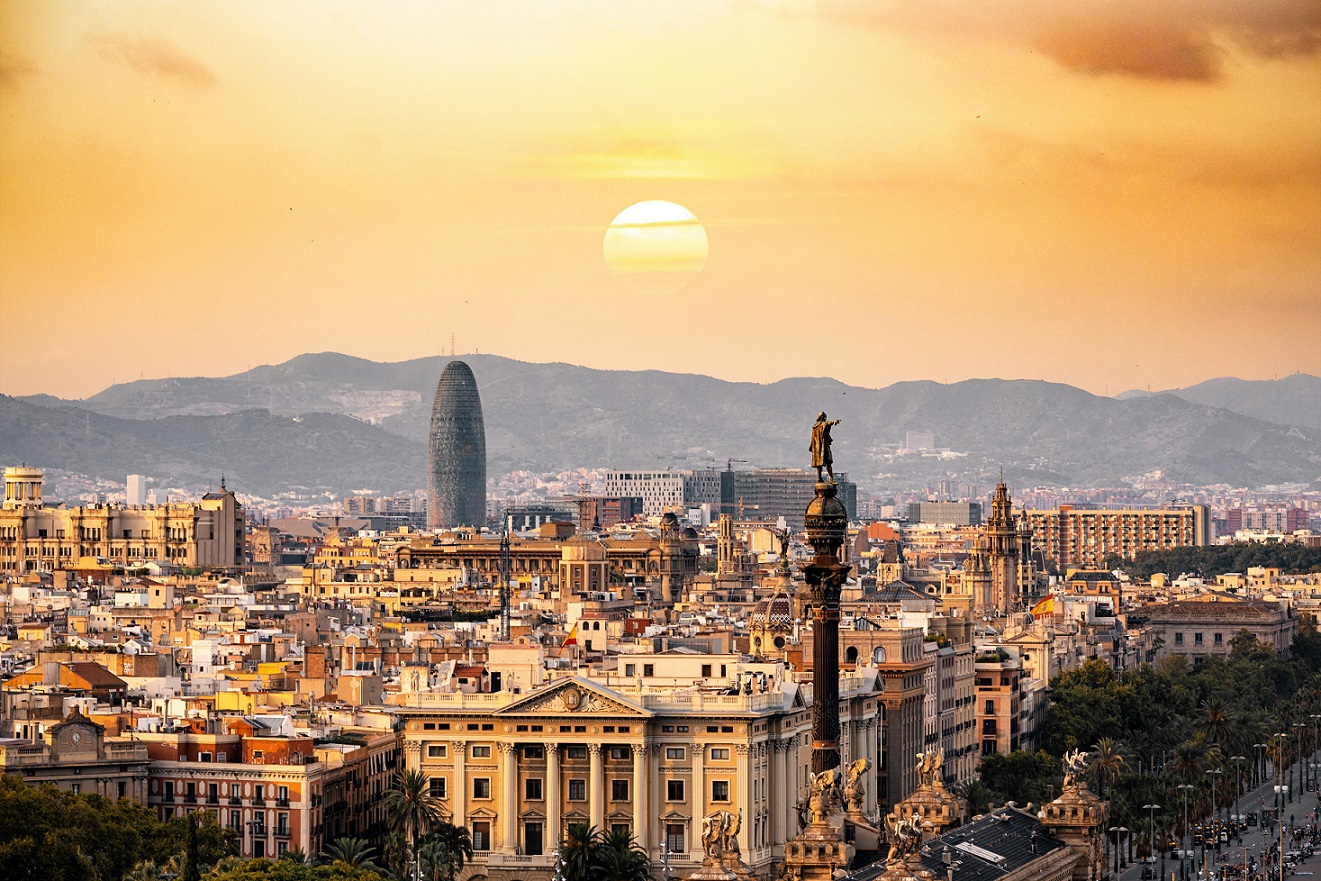

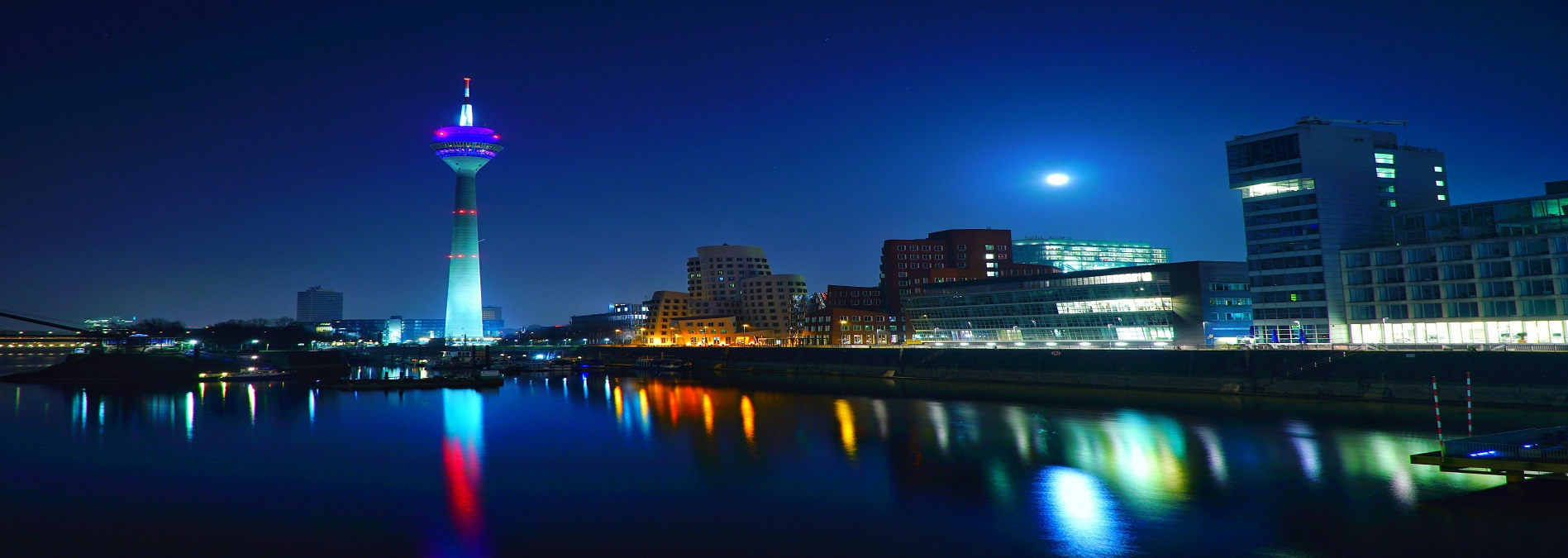
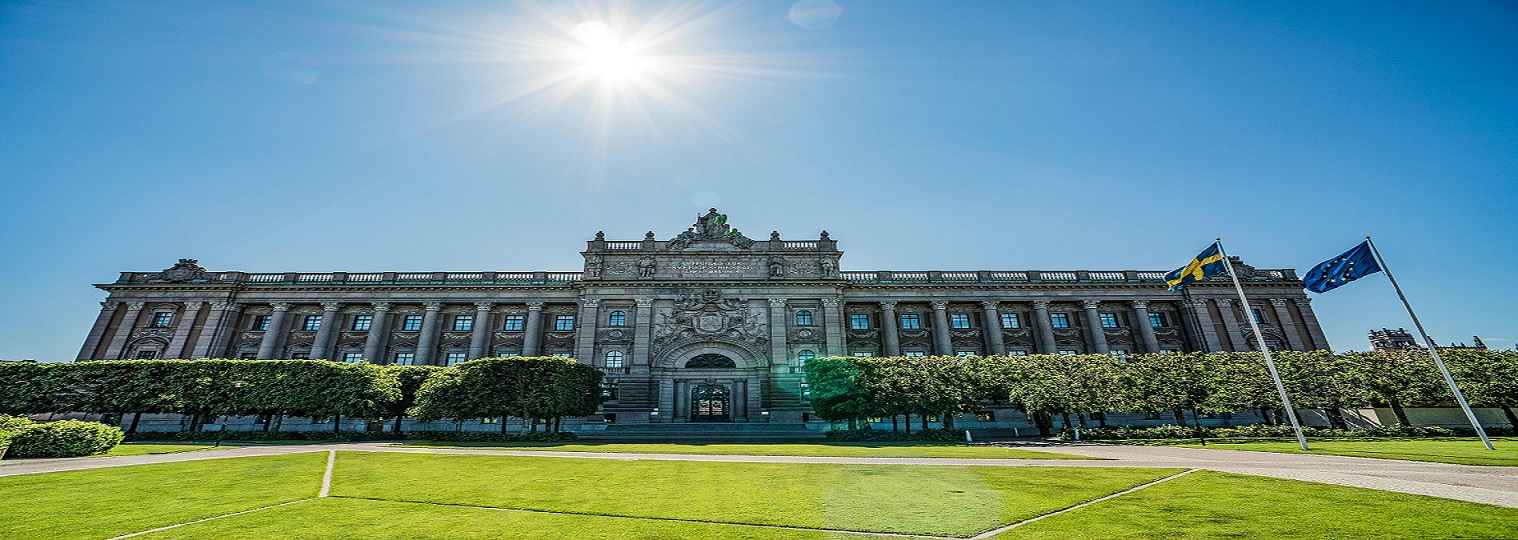



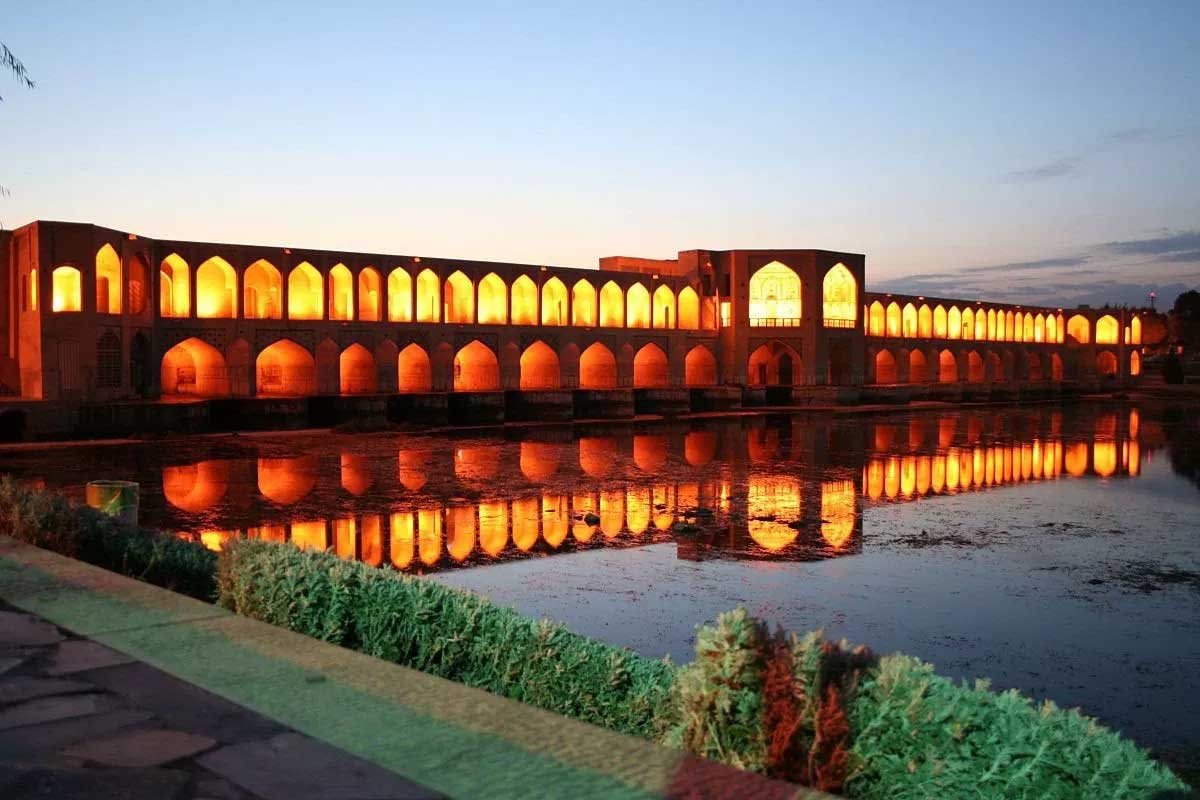
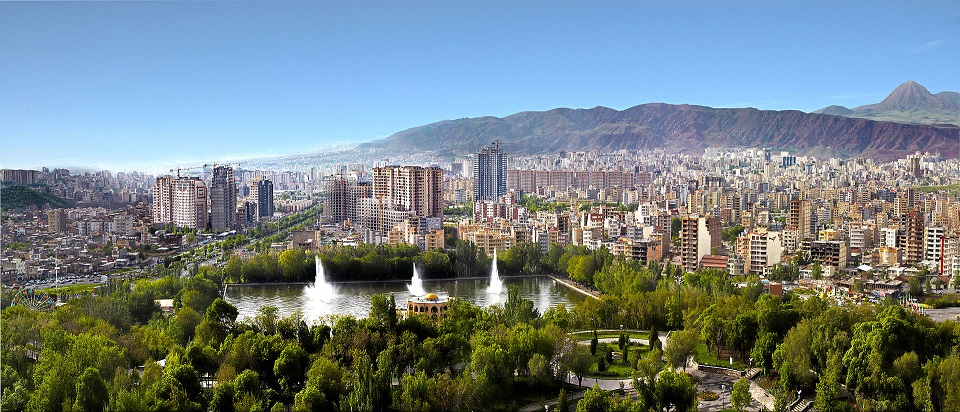
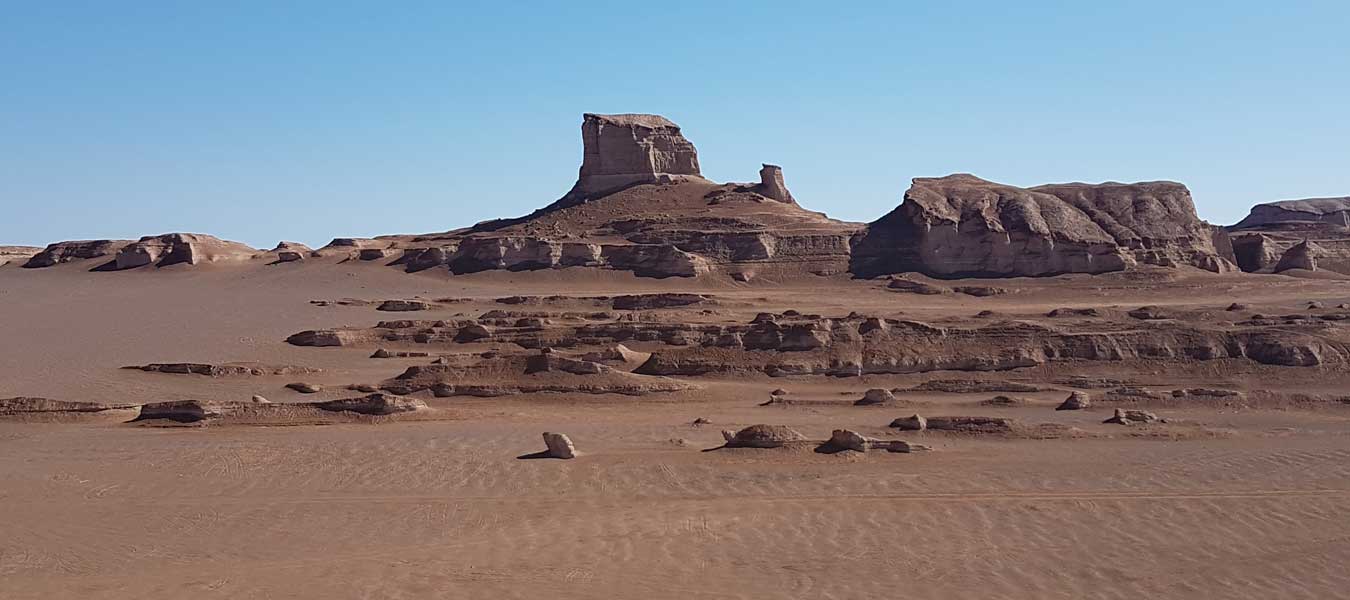

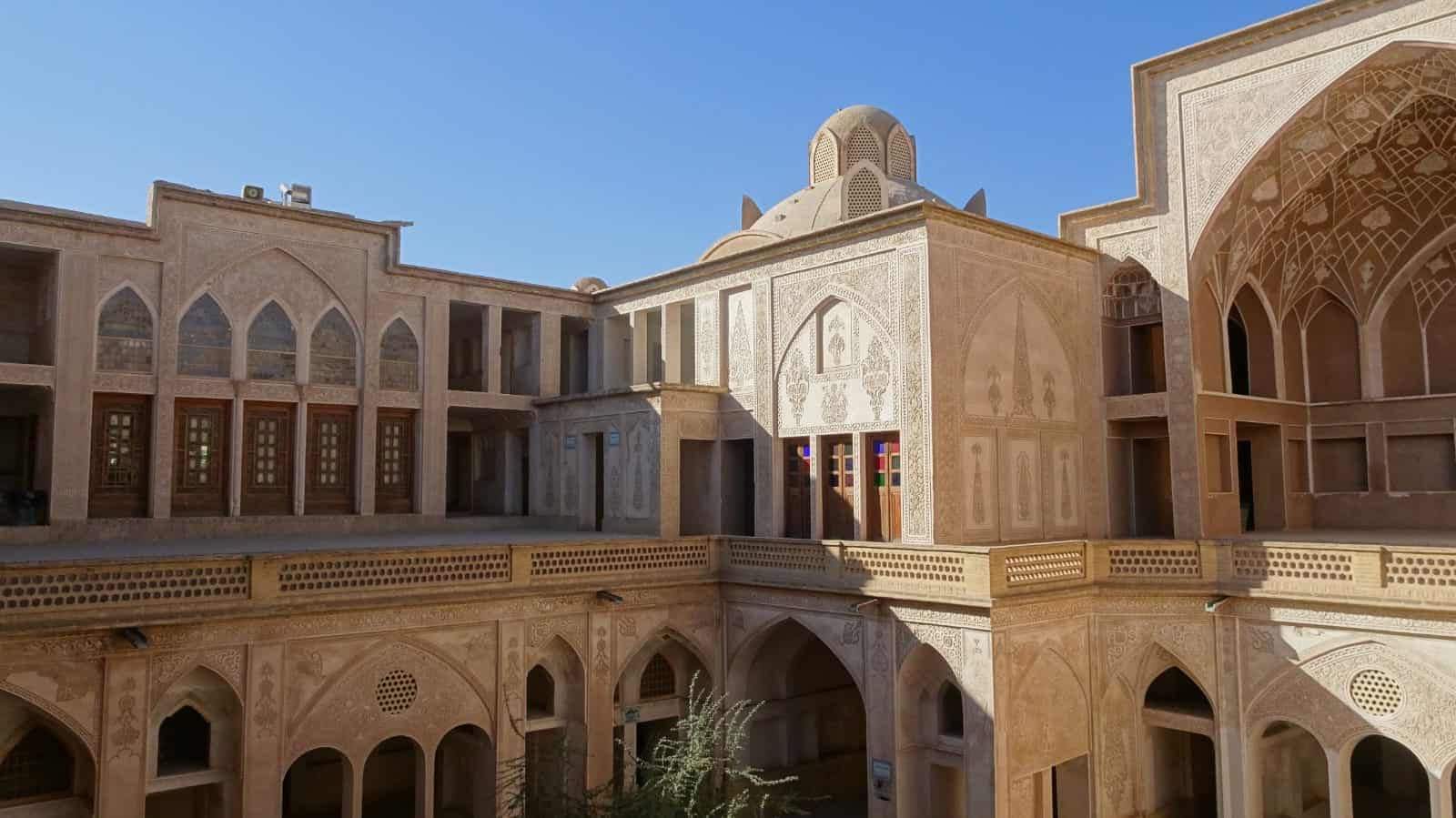
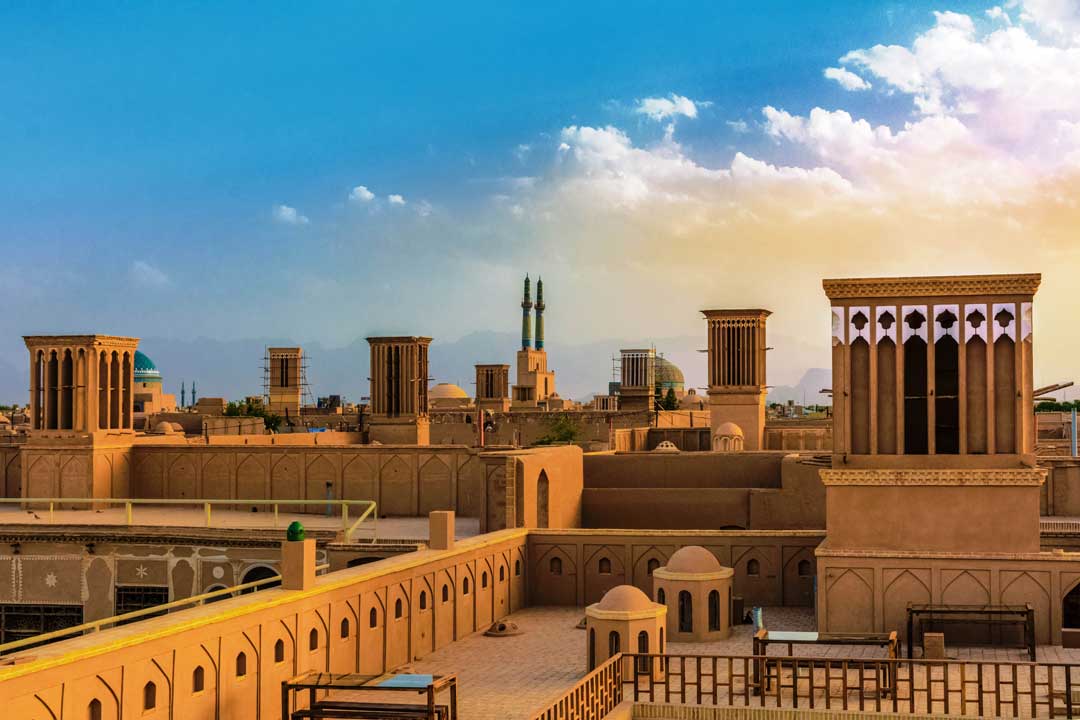
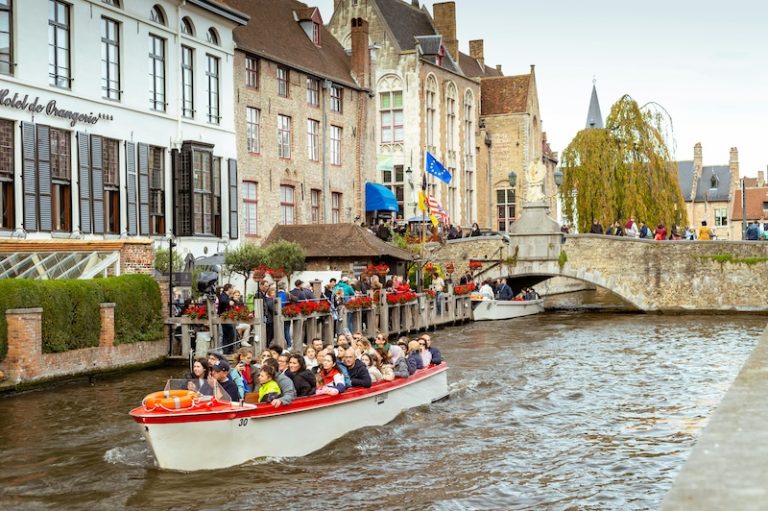
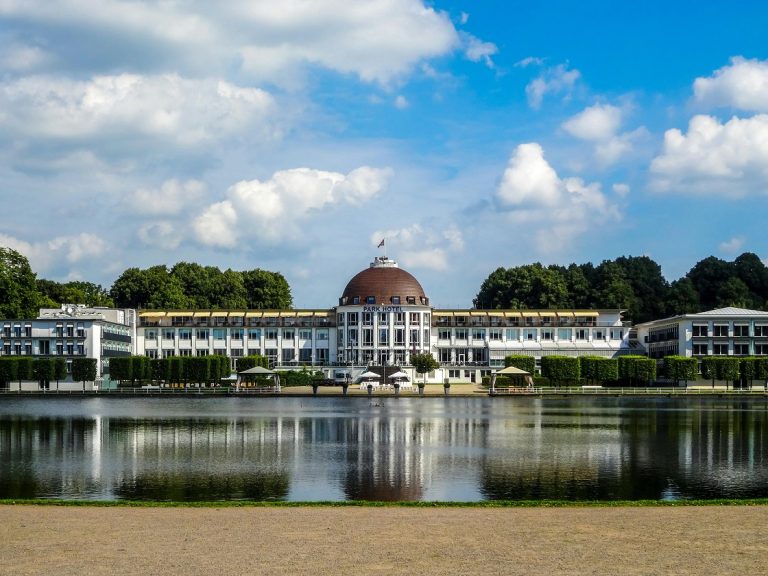
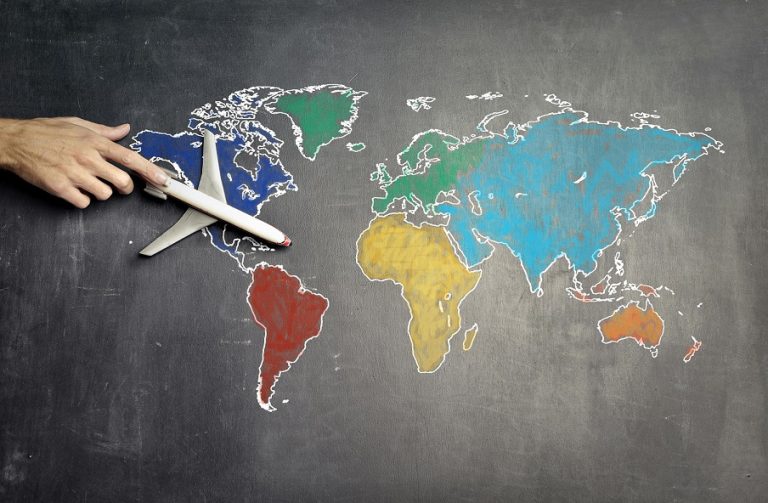
Leave a reply